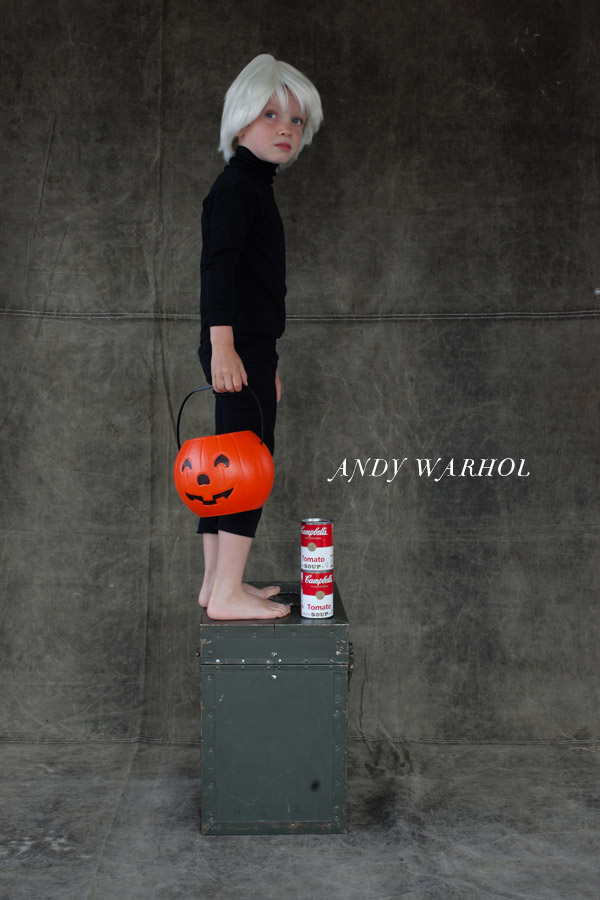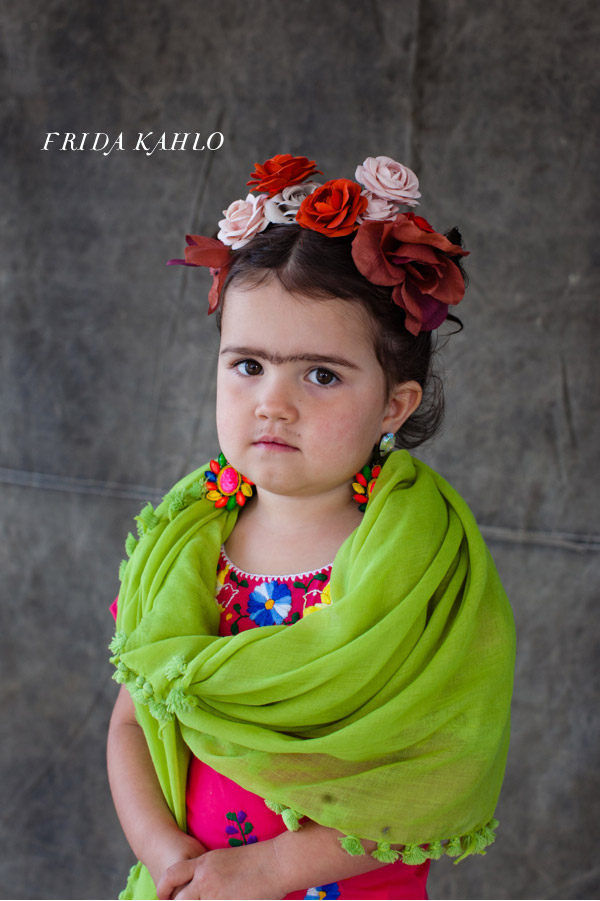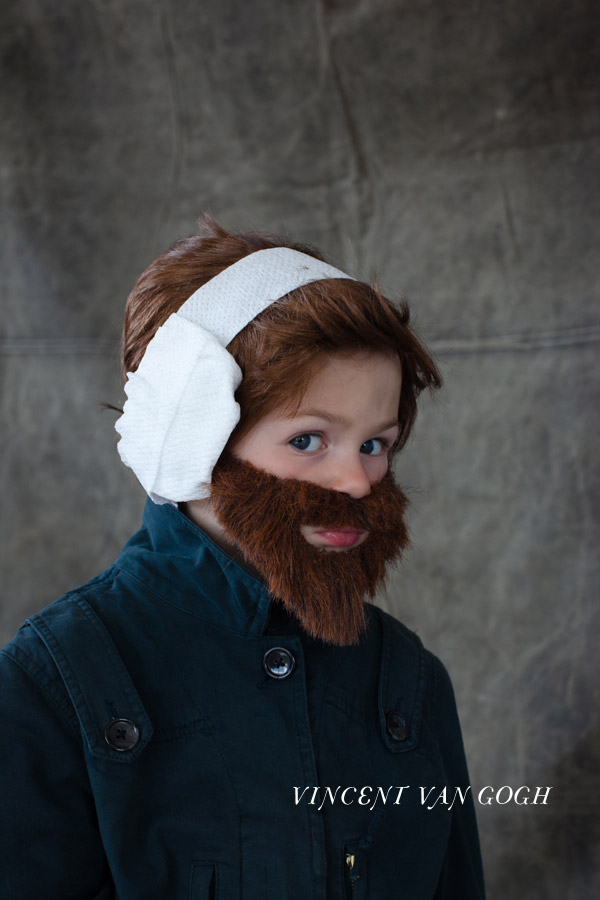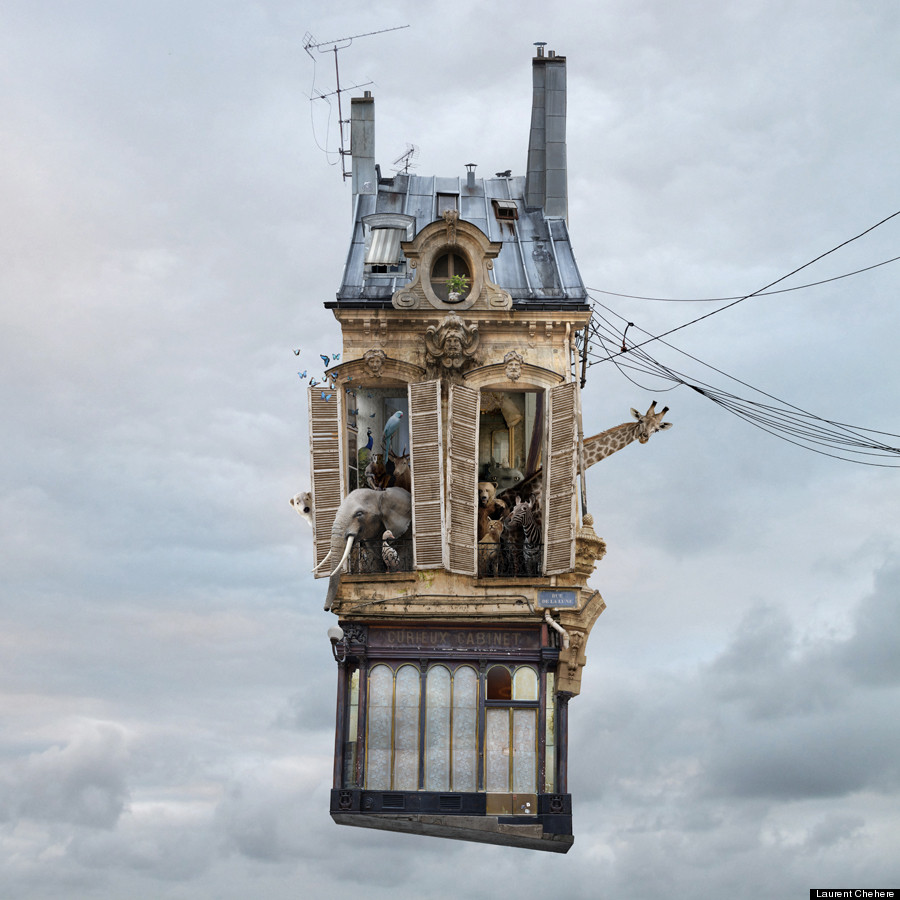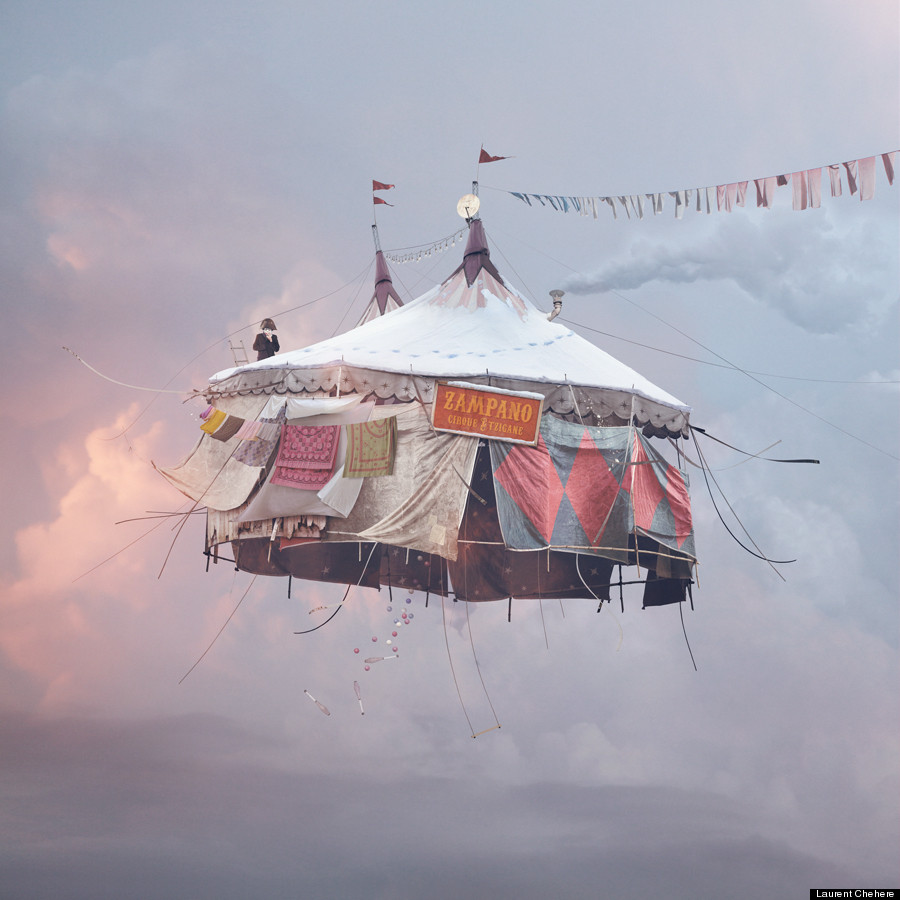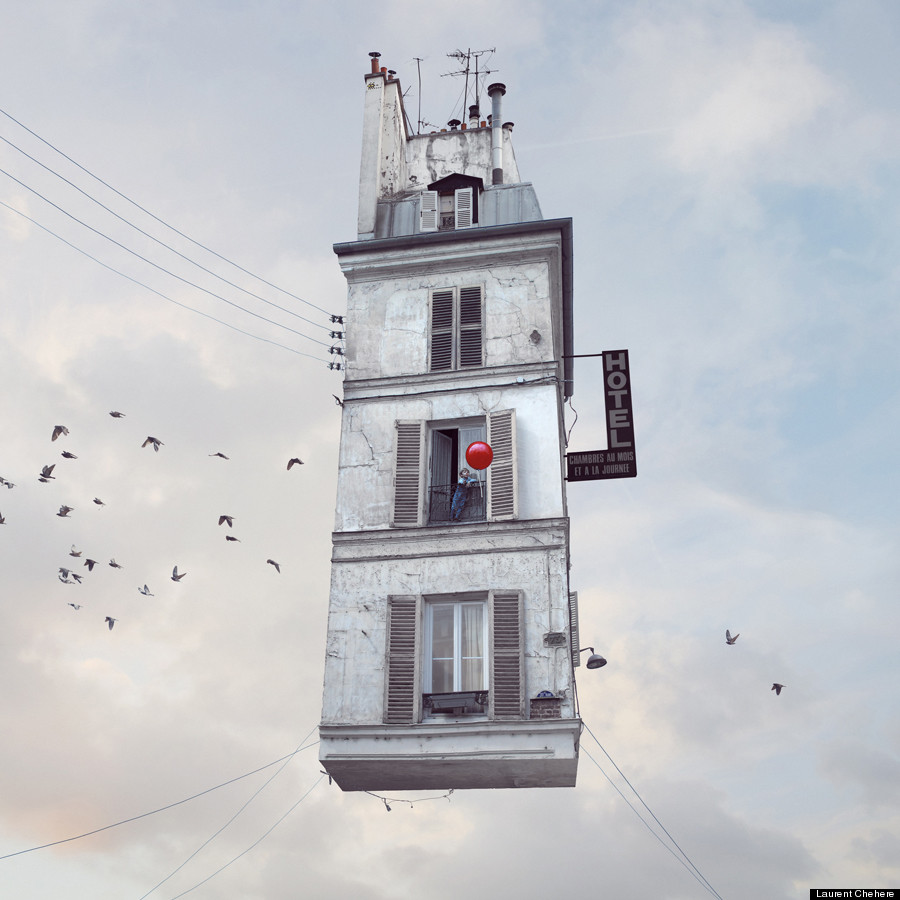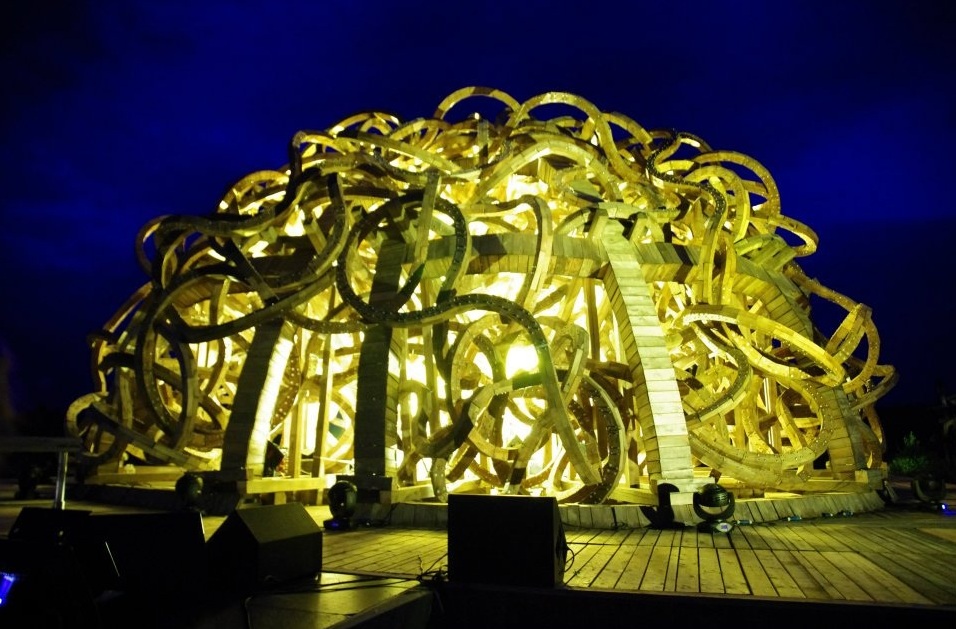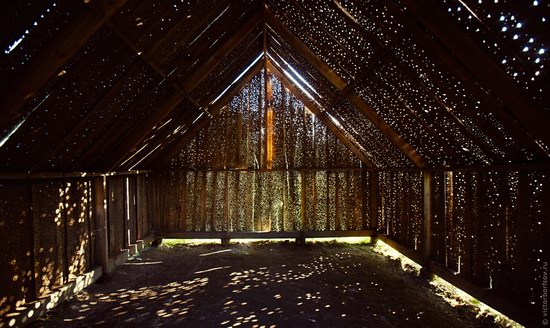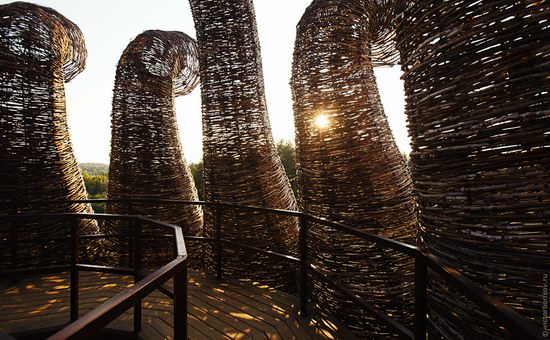For Fall Break I went on an amazing (and delicious) mini-vacation with my mom to help celebrate her fiftieth birthday in New Orleans. Â Both of us are huge francophiles and relished every French detail that we took in during our stay.
On the Saturday of our trip we ventured out of the city to Oak Alley Plantation, a gorgeous estate that was built to do exactly what it did to us. Â It was built by a man to lure his wife away from the thrills of New Orleans. Â The guide said the wife was not impressed though my mom and I could barely keep our mouths closed as we walked wide-eyed through every hall and corridor, including the super famous alley of 28 oaks (all of which are 300 years old, which is roughly middle age in oak years).
Oak Alley was built between 1837-1839, as a typical Greek Revival antebellum-era plantation complete with massive doric columns, high ceilings, and stark white chunky crown molding around the edge of the ceilings.

This picture doesn’t do it justice. Â In terms of scale, it is the opposite of the ramshackle homes that are still being revived in New Orleans. Â The wrap-around second floor porch alone could fit several one-room homes around it.



We also toured their slave quarters where the names of all the Oak Alley slaves were posted on the wall, along with clothes, cooking utensils, and shackles.

Slave quarters are always unsettling to me, especially in light of the fact that 50 feet away lies an entirely different world. Â I always feel guilty walking through these things. Â Like I need to apologize to someone or donate some of my things to make a better life for someone. Â However, it made me glad that they had taken the time to preserve the details about the lives of the people who built Oak Alley and not just those who enjoyed its delicacies.
After the slave quarters, we toured the house, which was magnificent and beautiful with its interior Greek revival style.



This was my favorite room because of the blue and green that seemed to bring nature inside. Â I also loved the heavy, sweeping effect of the drapery around the beds and windows. Â After learning about the history of the family, involving sickness, death, and amputations, I saw these rooms as more than paint and fabric.
Our guide that day was an amputee. Â She later told us that she lost her right arm from the elbow down in a car accident twelve years ago. Â But that wasn’t the first thing I noticed about her. Â The first thing I noticed was that she was warm and lovely and seemed completely at ease. She had the brightest smile with a prominent gap in her two front teeth and the blackest hair that was elegantly pulled back into an intricate bun. Â And she knew a lot about the family history of Oak Alley.
For one, after the Civil War, the plantation was economically not sustainable. Â This did not surprise me at all. The sheer magnitude of the 25 acre plantation and the ‘big house’ as it was called could not be sustained by anything besides free labor. Â In 1866 it was sold for $32,800.
The house was not restored until 1922, but when it was, a trust was established so that more renovations and also archeological work could be done. Â Air conditioning, electricity, and other ‘modern comforts’ were added without changing any of the aesthetics of the house.
When our tour was done, my mom and I decided that we are glad to be out of the era of slave labor, but were grateful to take part in the preservation of architectural styles and human stories, both those of the plantation owners and the slaves. Â If you get a chance to ever go, I highly recommend it!




